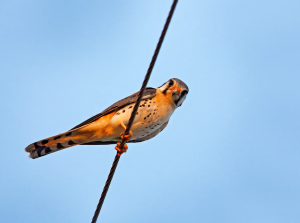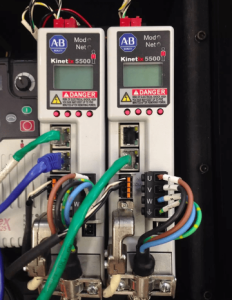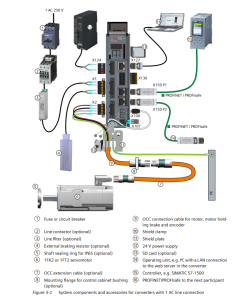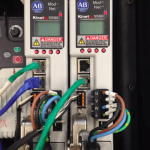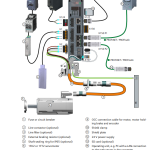Birds can safely perch on high-voltage power lines without harm because they rest on a single wire, avoiding a complete electrical circuit. This prevents electricity from flowing through their bodies. Why birds remain safe and the conditions that could put them at risk.
Key Notes
-
One point of Contact
-
No path to the ground
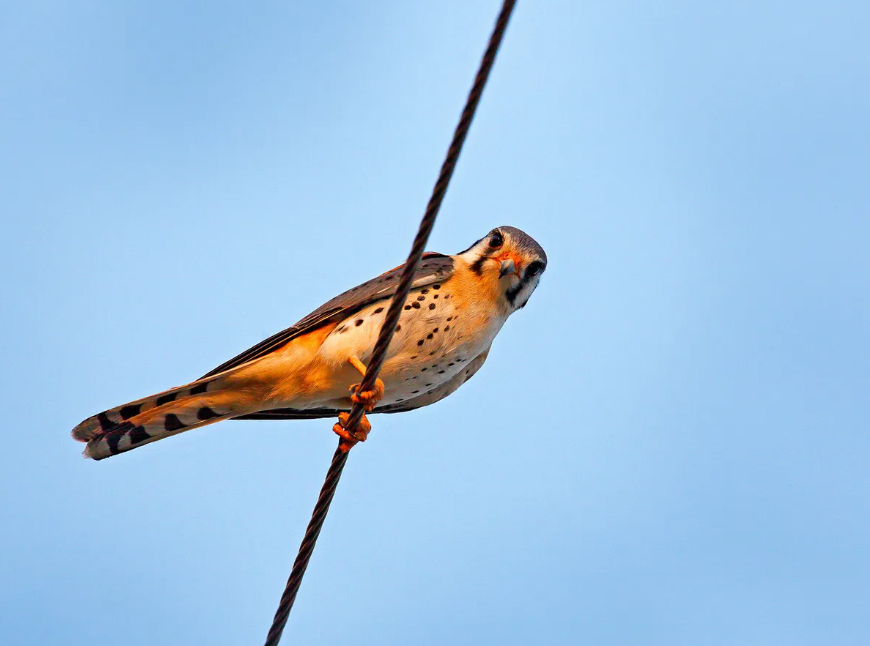
Why Electricity Needs a Circuit to Flow
To understand why birds are safe, it’s essential to grasp how electricity works: Voltage Difference: Electricity flows from an area of high electrical potential to one of lower potential, driven by a voltage difference. Complete Path: For current to flow, there must be a continuous circuit—a closed loop connecting the high and low potentials. Path of Least Resistance: Electricity prefers the easiest path, favoring materials like copper wires over less conductive ones, such as a bird’s body.
Why Birds Are Safe on a Single Wire
Birds remain unharmed on a single power line due to the following reasons: Same Electrical Potential: When a bird perches on a single wire, both of its feet are at the same electrical potential. Without a voltage difference, there’s no "push" to drive electrons through the bird’s body. Wire as a Better Conductor: Power lines, typically made of copper or aluminum, are excellent conductors. Electricity flows through the wire rather than the bird, which offers higher resistance. No Complete Circuit: Since the bird touches only one wire, it doesn’t form a complete circuit, keeping it safe from electric current.
When Are Birds at Risk?
While birds are generally safe on a single wire, certain conditions can lead to danger: Touching Two Wires: If a bird’s wings or body span two wires with different electrical potentials (e.g., a live wire and a neutral wire), it completes a circuit. This allows current to flow through the bird, potentially causing electrocution. Contacting a Grounded Object: If a bird touches a grounded object, like a utility pole or a grounded wire, while also in contact with a high-voltage wire, it creates a path for electricity to flow to the ground through its body.
Key Takeaways
Birds are safe on a single power line because they don’t complete an electrical circuit. No voltage difference between their feet means no current flows through their bodies. The wire’s superior conductivity ensures electricity bypasses the bird. Danger arises when a bird bridges two wires or a wire and a grounded object, completing a circuit. By understanding the principles of electrical circuits, it’s clear why birds can safely perch on high-voltage lines without harm, as long as they avoid creating a path for current to flow. #electrical #circuit #electricity #grounding #current #wire #conductor #powerlines

